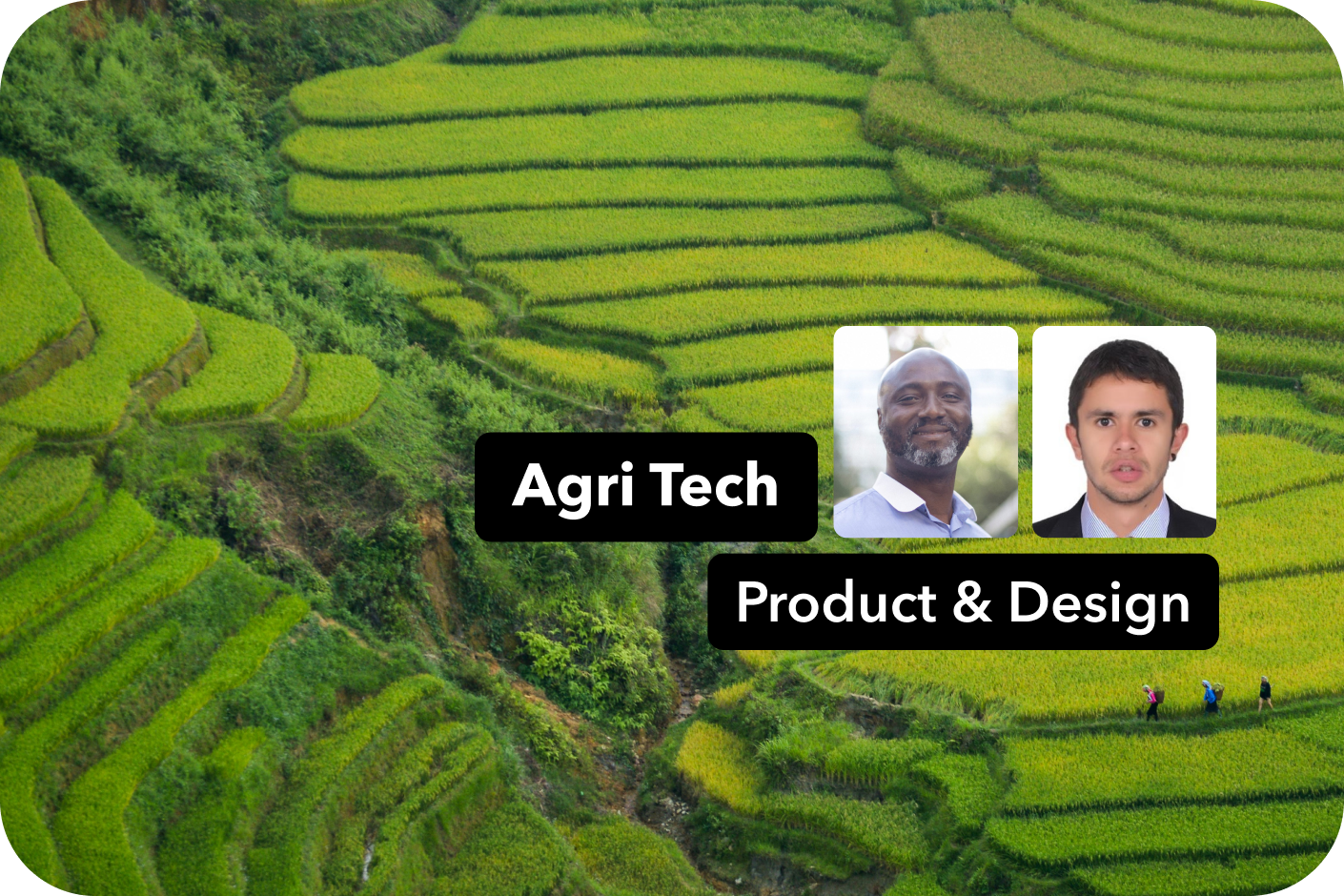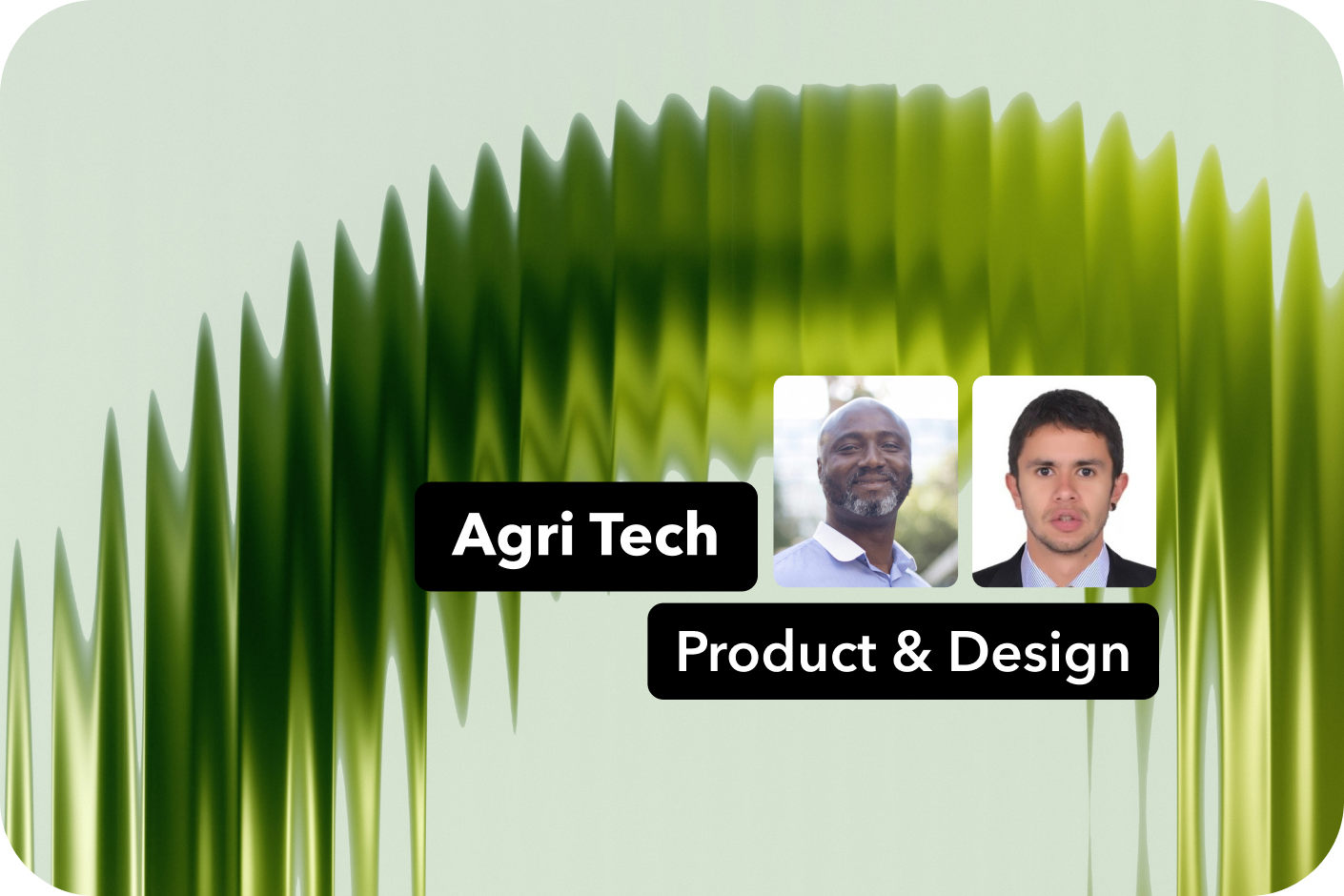Sign up to view this video
Join Now
A Digital Ecosystem to Lower Methane 🌾🛰️
Taught by Kofi Boateng, Agriculture Program Officer, Global Methane Hub
& Cristhian Delgado, Computer Science, Ph.D. candidate, University of Otago
💬 TRANSCRIPT
Mitigating methane emissions, particularly in agriculture, is vital for tackling climate change. Methane is one of the most potent greenhouse gases, significantly contributing to global warming. This narrative explores how digital ecosystems, innovative technologies, and targeted interventions can transform rice cultivation—a key source of methane emissions—into a sustainable practice.
Planet vs. Food Systems
The global food system is an essential part of human survival but also a major contributor to environmental degradation. Over-reliance on traditional agricultural practices has strained planetary boundaries:
•Freshwater Use: Rice cultivation alone accounts for nearly one-third of global freshwater use.
•Greenhouse Gas Emissions: The food system contributes 60% of all methane emissions globally.
Without reform, current practices risk pushing the planet into unsustainable thresholds, or “red zones,” where the consequences become irreversible. Transformative efforts are required to reduce environmental harm while maintaining food security.
Food Systems and Methane Emissions
Methane accounts for 45% of global warming impacts, and rice cultivation contributes 13% of this within food systems. The primary driver is the flooded conditions necessary for rice growth, which create ideal environments for methane-producing bacteria called methanogens. Projections suggest that methane emissions from rice will increase by 7% by 2030 and an additional 6% by 2050 if current practices persist.
Rice, a staple for half of the global population, highlights the need for solutions that maintain high yields while reducing emissions. Current approaches, such as water management, have shown limited scalability, underscoring the need for region-specific and technology-driven innovations.
The Rice Challenge
Several barriers hinder progress in mitigating methane from rice production:
1.Dependence on Flooding: Flooded fields are essential for rice growth but exacerbate methane emissions.
2.Regional Constraints: Uniform solutions cannot address the diversity in agricultural practices and ecosystems worldwide.
3.Economic Viability: Farmers require affordable and sustainable solutions that do not disrupt their livelihoods.
4.Slow Adoption: Despite validated strategies, widespread adoption remains limited. These challenges call for tailored approaches that prioritize scalability, affordability, and practicality for diverse agricultural landscapes.
Technological Innovations
Digital ecosystems offer transformative tools to address methane emissions in rice cultivation. Key advancements include:
1. Precision Agriculture
IoT-enabled devices monitor soil moisture, temperature, and methane levels in real-time. These insights enable water management strategies like alternating wetting and drying, reducing methane production. AI-driven analytics optimize these processes, providing actionable insights for farmers to improve efficiency while lowering emissions.
2. Genetic Engineering
CRISPR and genomic tools allow researchers to develop low-methane rice varieties. By modifying genetic traits, these crops can retain high yields while minimizing their environmental impact. This innovation addresses both food security and methane reduction goals.
3. Soil Microbial Management
Methane emissions are linked to microbial activity in flooded soils. AI-assisted research identifies beneficial microbes that suppress methane-producing bacteria. Managing soil microbiomes offers a scalable way to reduce emissions without affecting productivity.
4. Satellite and Remote Sensing
Satellites like Sentinel and Methane Sat provide large-scale monitoring of methane emissions. These systems, combined with drone technology, enable precise tracking of hotspots and real-time reporting. Data collected through these platforms feeds into predictive models that guide interventions.
5. Blockchain for Transparency
Blockchain technology ensures the integrity of monitoring, reporting, and verification (MRV) systems. It builds trust among stakeholders by providing verifiable and transparent data, supporting compliance with emission regulations.
Innovative Strategies for Change
Adopting a combination of technologies and strategies is essential to mitigate methane emissions effectively:
1.Water Management: Alternating wetting and drying techniques disrupt methane-producing conditions in flooded fields.
2.Low-Methane Rice Varieties: Developing and adopting genetically modified varieties reduces emissions at the source.
3.Data-Driven MRV Systems: Advanced monitoring tools enable precise tracking of progress and support the optimisation of strategies.
4.Localised Solutions: Tailoring interventions to regional contexts ensures their practicality and scalability.
Farmer Engagement
Farmers play a central role in implementing sustainable practices. Demonstrating how these strategies can improve productivity and lower costs is key to encouraging adoption. Incentives like carbon credits or subsidies can further support their transition to low-emission farming techniques.
Successful engagement depends on:
•Practicality: Strategies must fit seamlessly into existing workflows.
•Economic Value: Solutions should enhance livelihoods without increasing production costs.
Data-Driven Policies
Policymakers can leverage digital tools to design effective regulations. Geographic information systems (GIS) and AI-driven predictive models help identify methane hotspots and simulate the impact of mitigation strategies before implementation. This data-centric approach allows for targeted interventions that optimize resource allocation and effectiveness.
Case Study: Transforming Methane Management
A collaborative project supported by the Global Methane Hub exemplifies how technology can transform methane management in rice cultivation:
•Collaboration: Partners from Latin America, New Zealand, and the United States contribute expertise in AI, satellite monitoring, and agricultural practices.
•Efficiency: Advanced sensors reduce methane measurement time by 90%, enabling large-scale data collection.
•Open Access: A prototype platform integrates AI with satellite data, providing tools for large-scale emission analysis, mitigation recommendations, and statistical insights for stakeholders.
Workshops and knowledge-sharing initiatives have engaged over 300 stakeholders globally, showcasing the scalability of these solutions.
Q&A Highlights
Accelerating Change through AI
AI accelerates the development of low-emission rice varieties and reduces the time required for validating mitigation strategies. Its ability to process large datasets enables faster adoption and more precise interventions.
Business and Policy Engagement
Companies sourcing rice must integrate sustainability into their supply chains. MRV systems provide the transparency needed to track progress, while governments can design policies that incentivize compliance and innovation.
High-Tech Industry Contributions
Companies like Google play a pivotal role in methane reduction through initiatives like Methane Sat. By advancing satellite technology and AI-driven benchmarks, they contribute significantly to developing scalable, impactful solutions.
Future Directions
To ensure impactful methane reduction, the following steps are critical:
1.Accelerated Development: Leverage AI to shorten the time required for research and implementation of mitigation strategies.
2.Broad Adoption: Scale solutions to diverse agricultural landscapes to achieve global impact.
3.Sustainability as a Priority: Align business goals with environmental responsibility to ensure long-term viability.
Conclusion
Reducing methane emissions in rice cultivation requires an integrated approach that combines digital ecosystems, innovative technologies, and collaborative efforts. By engaging stakeholders—from farmers to policymakers to technology leaders—these solutions can drive sustainability and address one of the most pressing global challenges. For professionals in tech design and product development, this represents an opportunity to create impactful, scalable solutions that balance food security and environmental responsibility.
KEY TAKEAWAYS:
1.The Methane Problem in Rice Cultivation
Methane is a significant greenhouse gas, accounting for 45% of global warming impacts. Rice cultivation alone contributes 13% of methane emissions in food systems due to flooded paddies creating ideal conditions for methanogenic bacteria. Without intervention, methane emissions from rice are projected to rise by 13% by 2050. The challenge is to balance rice’s essential role in feeding half the global population with the urgent need to reduce its environmental footprint.
2.Transformative Role of Digital Ecosystems
Digital ecosystems offer a powerful framework to mitigate methane emissions. Precision agriculture tools such as IoT sensors provide real-time data on soil conditions, enabling practices like alternating wetting and drying, which disrupt methane production. Genetic engineering techniques, including CRISPR, support the development of low-methane rice varieties while maintaining high yields. Additionally, AI-driven soil microbiome research identifies beneficial microbial communities that reduce methane emissions.
3.Data Transparency and Scalability
Remote sensing technologies like satellites and drones enable large-scale methane monitoring, while blockchain ensures the integrity of monitoring, reporting, and verification (MRV) systems. These tools build trust among stakeholders, support regulatory compliance, and help scale interventions globally.
4.Engaging Stakeholders for Impact
Farmer incentives, such as carbon credits, align economic benefits with sustainability goals. Collaboration with businesses and policymakers ensures the integration of methane reduction strategies into supply chains and regulatory frameworks. A global response leveraging these tools and strategies is essential to reduce methane emissions while safeguarding food security.


